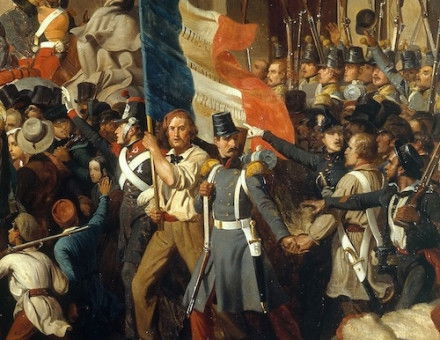The Weardale Campaign, 1327
Soon after their humiliating reverse at Weardale, writes I.M. Davis, the English recognized Scottish independence in the Treaty of Northampton.
The battle of Bannockburn is generally thought of as the termination, no less than the climax, of the Scottish War of Independence, which however continued for fourteen years after the great English defeat. The Weardale campaign of 1327, which in fact opened the way to peace, is in comparison little remembered.
Yet this operation was, if less dramatic than Bannockburn, almost as remarkable, not least as confirming, four centuries before he formulated it, the Marechal de Saxe’s theory that an able general might win a campaign without fighting a single battle.
Bannockburn was followed by a long stalemate. What the Scots sought, as they proclaimed with unquestionable sincerity in the Declaration of Arbroath in 1318, was simply the recognition of Scottish independence; but, England being far the richer and more populous country, victory in battle gave them insufficient leverage to make Edward II abandon his claim to sovereignty over a country he could enter only at the head of an army, and left invariably in ignominious retreat.





